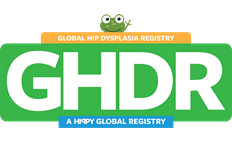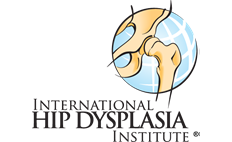News and blog
Discover the most recent advances in hip dysplasia research, as well as heartwarming stories, videos and more!
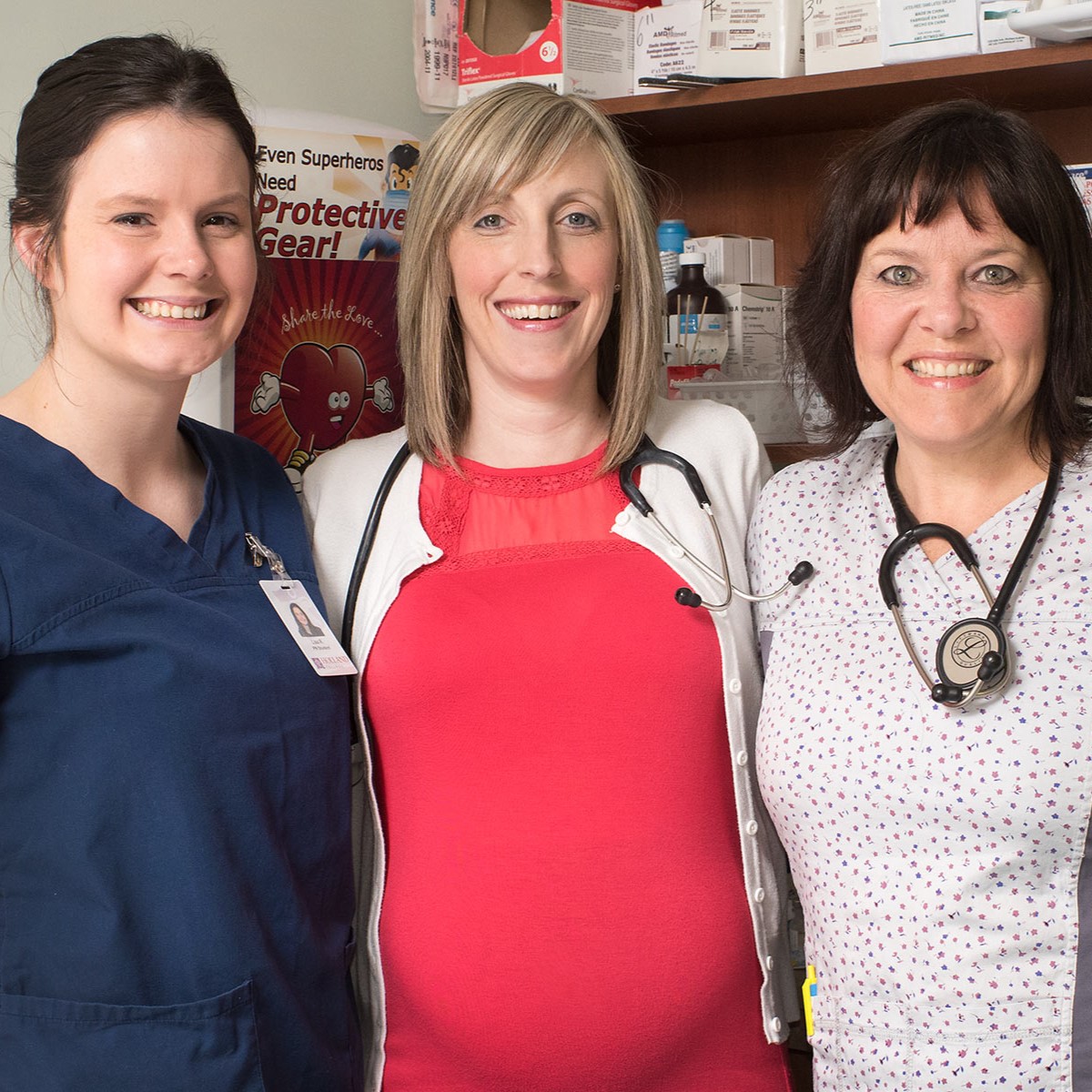
April 2024
Insights from Maternal Child Health Nurses
Maternal Child Health Nurses (MCHNs) play a fundamental role in identifying hip abnormalities during routine checks, but physical examination alone has limitations. A VicHip survey of MCHNs highlighted the importance of early intervention but also revealed challenges like difficulty assessing unsettled infants, unclear referral pathways and differing clinical opinions that hinder diagnosis. These findings are key to improving detection and management strategies through enhanced education and awareness, practical training for MCHNs, clearer referral pathways, and better resources for healthcare professionals and parents. Overall, the report calls for collaboration and shared responsibility among healthcare providers to enhance the quality of hip care and services across Victoria. By empowering MCHNs as champions of early detection, adopting a unified approach and implementing more robust guidelines, we can pave the way for a future of healthier hips.
Read the Executive Summary or contact us to request the full report.
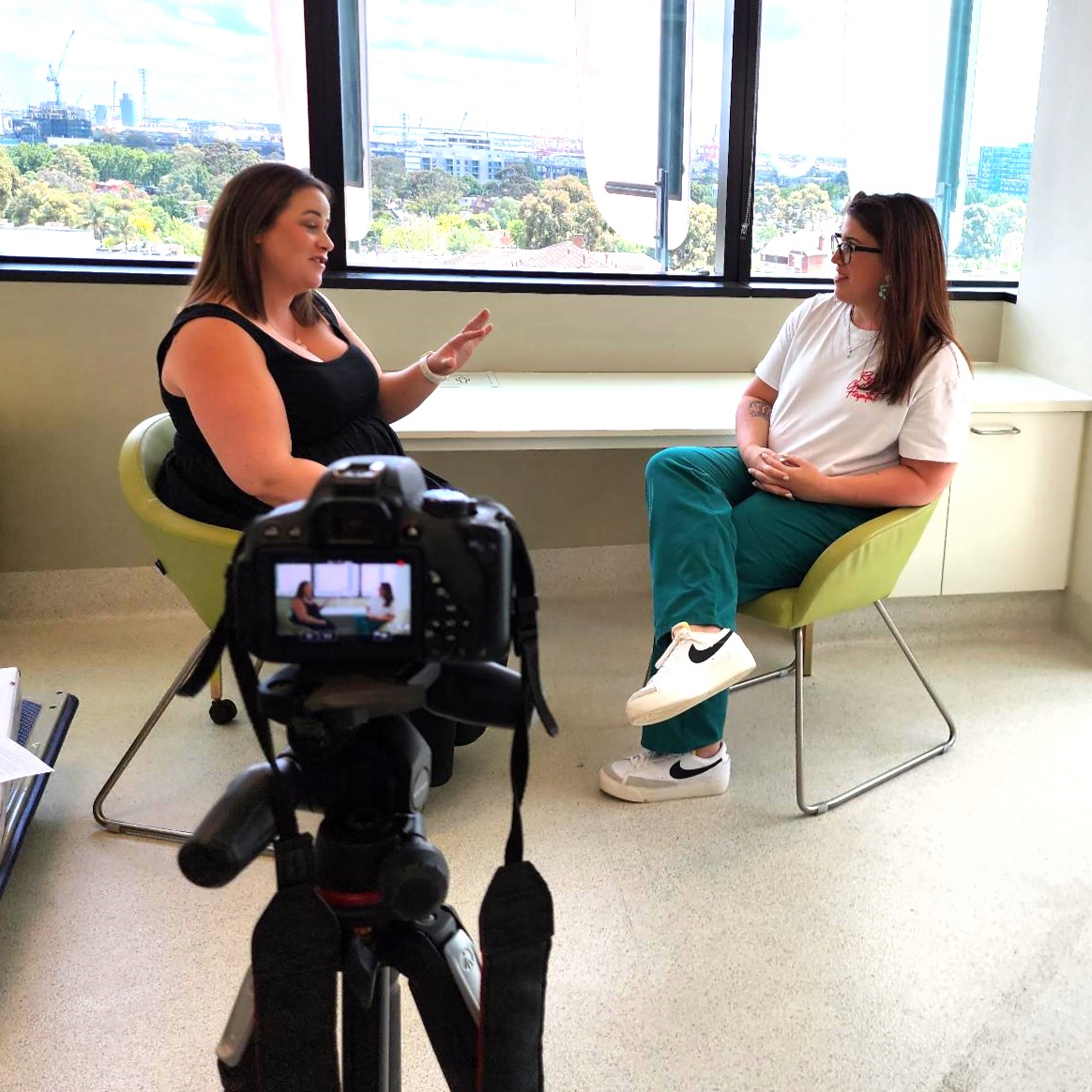
15 December 2023
New video coming soon!
We're excited to share a behind-the-scenes peek at a new video for parents coming soon! You'll hear directly from a VicHip parent who will share their experience with hip dysplasia and explain the benefits of joining VicHip. We can't wait to share it with you here on our website, so stay tuned!

17 November 2023
Did you know | VicHip provides training to health professionals?
It was wonderful to have maternal child health (MCH) nurses from Victoria and beyond join us for a hip dysplasia education session at The Royal Children's Hospital. We highly appreciate the opinions and experiences shared regarding the diagnosis, care and treatment of hip dysplasia from a clinical perspective. Your input plays a crucial role in ensuring the views of MCH nurses are prioritised in decision-making and research at VicHip. Thank you for attending!
Learn more for Health Professionals
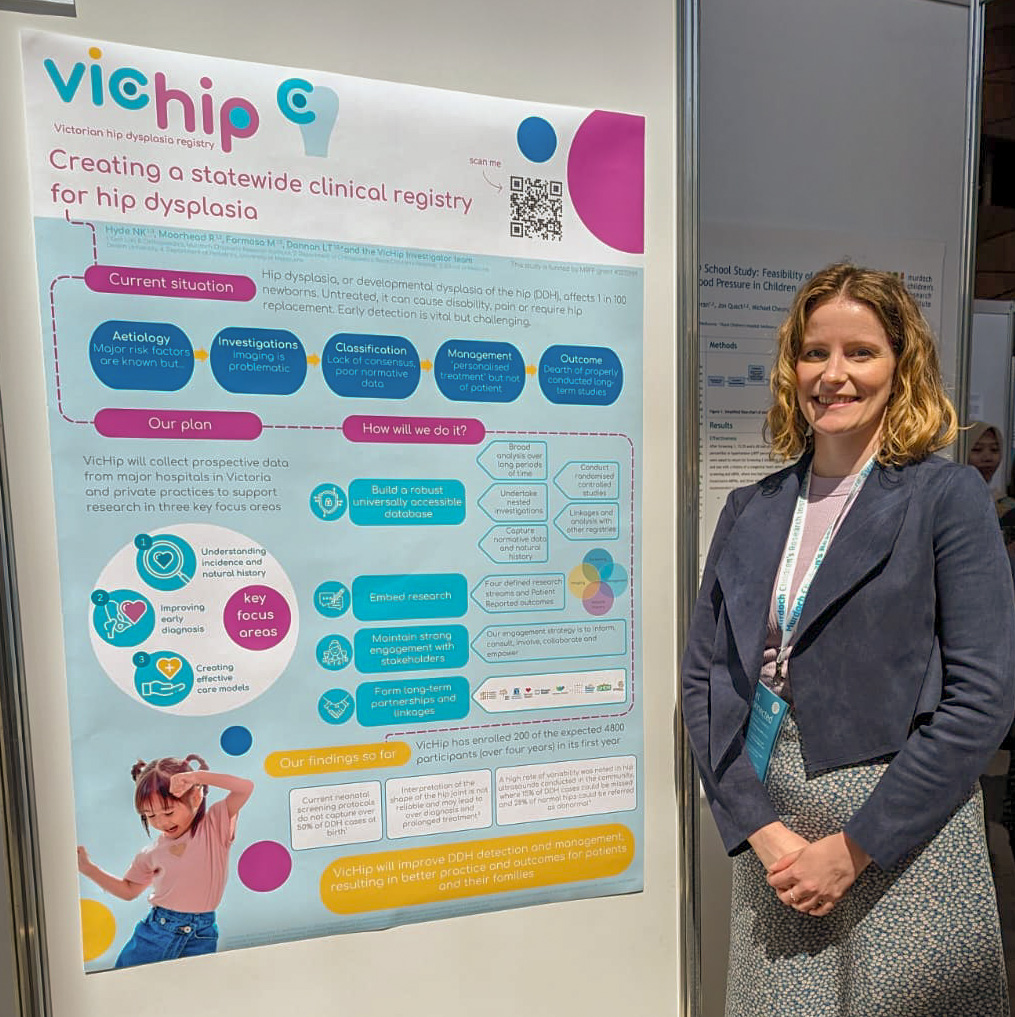
24 October 2023
VicHip shines at the MCRI Symposium
VicHip's Clinical Research Coordinator, Bec Moorhead, and our team proudly presented a poster showcasing our clinical registry at the MCRI Symposium: Impact Powered by Research, held at the Melbourne Convention and Exhibition Centre. Our team was honoured to participate in this event and share our research strategy and latest findings with our esteemed colleagues. The poster was well-received, and we are grateful for the opportunity to demonstrate our commitment to improving hip care and outcomes for patients with hip dysplasia. 🌟 #VicHip #hipdysplasia #hipregistry #hipresearch
1 October 2023
Hip ultrasound reliability: geometric vs. morphological
This study on the reliability of hip ultrasound interpretations highlighted challenges in determining what is a high-quality ultrasound. It found that geometric measurements are reliably interpreted and may be useful as a further measurement of quality. On the other hand, morphological features are generally poorly interpreted, but a simpler binary classification considerably improves agreement. As there is a clear dose response relationship between geometric and morphological measurements, it raises questions about the significance of morphology in diagnosing hip dysplasia. Read the full article.
The Bone and Joint Journal, 1 October 2023, Donnan M, Anderson N, Hoq M, Donnan L. Paediatric hip ultrasound. Bone Joint J. 2023;105-B(10):1123-1130. doi:10.1302/0301-620X.105B10.BJJ-2023-0143.R1

20 September 2023
VicHip presentation | Watch online
At The Royal Children's Hospital's Grand Rounds, VicHip team members showcased their ground-breaking approach to enhancing hip dysplasia care in Victoria. During the session, A/Prof Leo Donnan, along with team members Rebecca Collins, Melissa Formosa and Dr Natalie Hyde explained how their streamlined process for clinicians, integrated data systems, stakeholder engagement, and innovative research strategies could significantly enhance the diagnosis and treatment of hip dysplasia. Watch online here
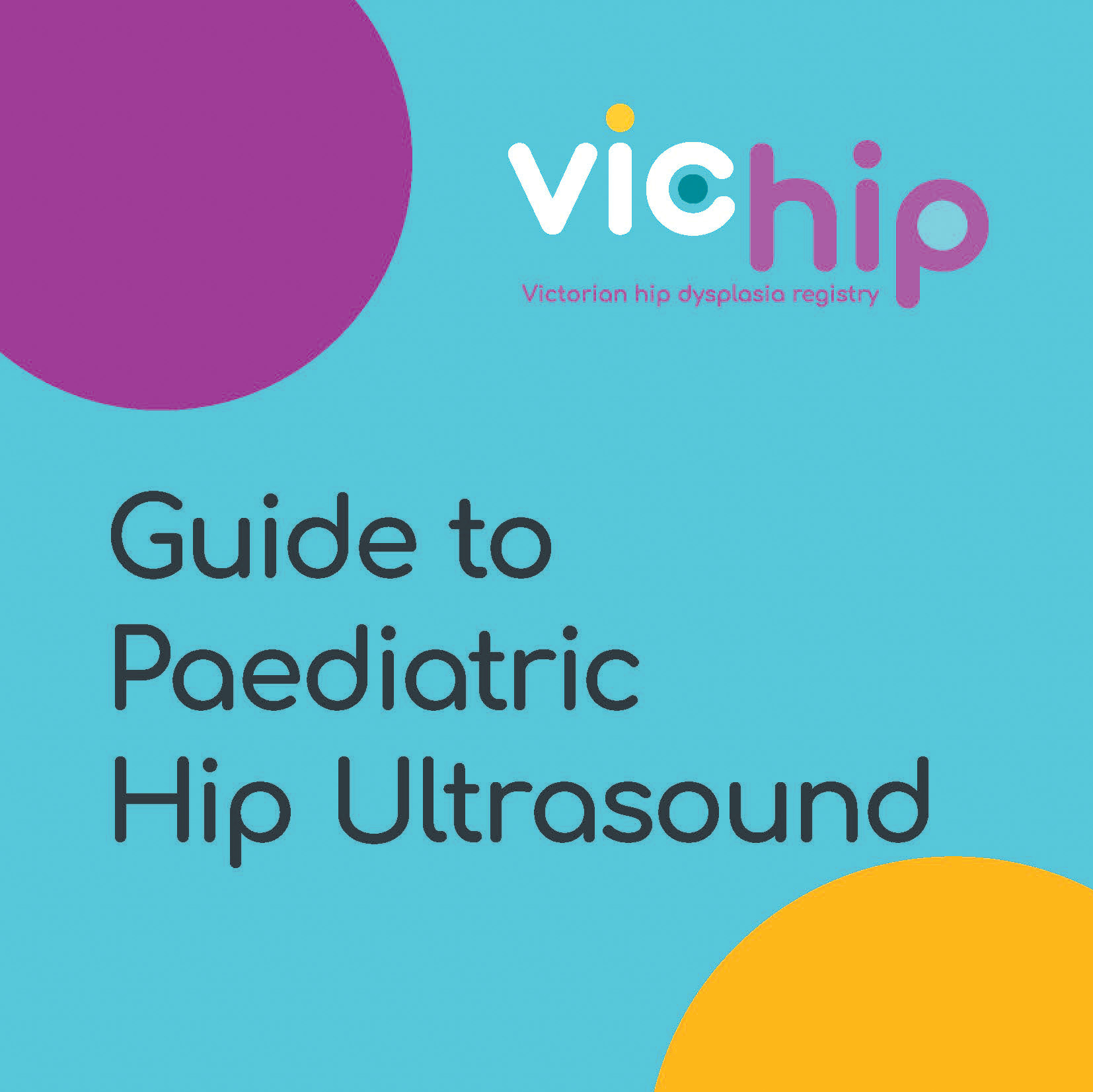
30 August 2023
Guide to paediatric hip ultrasound
Welcome to our clinician guide designed to help diagnose and assess hip dysplasia using ultrasound imaging. Our goal is to support clinicians, radiographers and radiologists who perform and report on paediatric hip scans. Hip ultrasound remains the most important tool in the detection and monitoring of hip dysplasia in infants. It is crucial to have high-quality scans and interpretations to guide care and treatment decisions, highlighting the importance of expertise in this field. Our guide aims to enhance ultrasound quality standards for optimal patient outcomes. It does not replace proper training, experience or accreditation. Instead, it seeks to enrich existing knowledge and expertise, and strengthen hip care and services in Victoria.
Download Guide to paediatric hip ultrasound
7 August 2023
Unreliability of neonatal examination and ultrasound for diagnosing DDH
In a retrospective cohort study conducted in Melbourne, Australia, researchers examined the effectiveness of neonatal clinical examination and selective ultrasound screening as tools for diagnosing DDH.
Despite the utilisation of a selective ultrasound screening program (those infants with known risks for DDH or abnormal clinical findings) the research team discovered that only approximately half of all DDH cases were detected early in infancy. In contrast, most infants who had ultrasounds from selective screening did not have DDH.
The study also found that skin crease asymmetry, a specific clinical sign, was more common with later presentation. While breech presentation and positive Barlow/Ortolani test were associated with early presentation.
Furthermore, infants with DDH, whether diagnosed early or late, displayed similar clinical characteristics and the incidence of DDH is higher than previously reported in Australian studies.
These findings highlight the ongoing challenges in achieving reliable DDH screening in newborns and emphasise the need for an alternative approach to neonatal screening methods. At the same time, community healthcare providers must maintain careful clinical monitoring of infant hips throughout the child's first year of life and beyond.
Read the full article published in the Journal of Paediatrics and Child Health in August 2023. Mr Mitchell Johnson, A/Prof Carl Kuschel and A/Prof Leo Donnan, VicHip’s lead Principal Investigator, collaborated on the paper.
Journal of Paediatrics and Child Health, 7 August 2023 Neonatal clinical examination and selective ultrasound screening are not reliable for the early diagnosis of hip dysplasia: A retrospective cohort study. Johnson MD, Kuschel C, Donnan L. Neonatal clinical examination and selective ultrasound screening are not reliable for the early diagnosis of hip dysplasia: A retrospective cohort study. J Paediatr Child Health. 2023 Aug 7. doi: 10.1111/jpc.16472. Epub ahead of print. PMID: 37545325.
Proudly in partnership with
VicHip is funded by the Australian Government Department of Health and Aged Care under the Medical Research Future Fund grant 2015989.
Murdoch Children's Research Institute acknowledges the Traditional Custodians of lands on which we work and pay our respect to their Elders, past, present and emerging.









